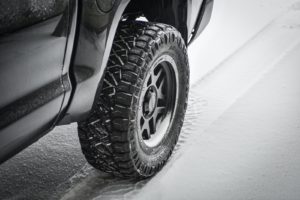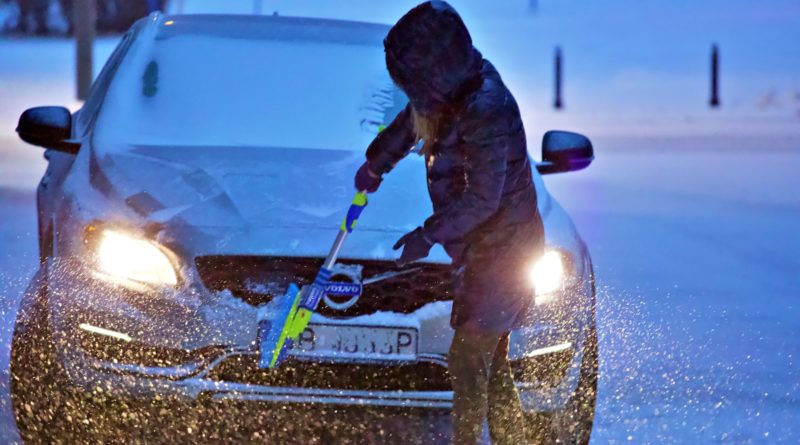Playing it safe when winter comes – car maintenance tips
Winter is all fun and games until you need to take the car out from the garage. The cold season features an increased rate of accidents, mainly due to improper preparation of vehicles. Snow reduces tire grip, cold alters efficiency of hydraulic and cooling systems and fog reduces visibility. Here are a few tips to apply in order to ensure your vehicle is ready to tackle the cold season, while keeping you safe and comfortable.
- Proper winter tires
 Many drivers underestimate the importance of using proper winter tires when the snow has covered the roads. Regular tires are designed to grip on to clear or wet tarmac, reducing noise and also providing better fuel economy. However, their design cannot deal with snow, causing huge grip losses.
Many drivers underestimate the importance of using proper winter tires when the snow has covered the roads. Regular tires are designed to grip on to clear or wet tarmac, reducing noise and also providing better fuel economy. However, their design cannot deal with snow, causing huge grip losses.
When your vehicle loses grip, it starts sliding over the snow, causing almost complete loss of control. Steering becomes useless and accidents tend to happen as braking distance is also increased substantially on snow covered surfaces.
Investing in a proper set of winter tires can easily make the difference between an injury-free ride and an imminent accident. Don’t grow greedy when buying snow tires. Spending an extra amount on quality tires can avoid accidents, thus waiving costly repairs. Spend $200 extra when buying to save thousands in potential crash repairs.
Read more:
- Pepboys – Should you Consider Winter Tires?
- Bilforsikring.net – Hvornår skal man skifte til vinterdæk?
- Fluids
You vehicle uses oil to lubricate pistons inside the engine, a coolant to transfer heat from the block towards the radiator and washing liquid to preserve a tidy windshield. While on warm days you can start up your car and leave right away, when winter comes it is advisable to let your vehicle idle for a few minutes before heading out. This way, it will have enough time to warm up and also the oil around the pistons will reach proper lubricating temperature.
Unlike popular myths, engine coolant should be replaced when winter comes. Although it is designed to work under low temperatures, it also loses properties over time and may freeze under extreme temperatures. Starting up a vehicle with frozen engine coolant leads to damage on the cooling pump and head gasket.
Windshield washing fluid does miracles for dusty windshields and stuck bugs. However, it may freeze inside its tank during cold winter days, thus it is recommended to switch to a winter washing fluid. It contains alcohol which lowers its freezing point dramatically, allowing you to defrost your windshield and wipe it clean.
Read more:
- Winter chains
While the above tips should be applied on all vehicles required to run in winter conditions, heavy snow requires some more advanced counter-measures. Even with quality snow tires, grip may still be compromised in certain situations; thus, using a set of chains may be required. If you find yourself within an area with expected heavy snow, go ahead and acquire a set of snow chains from any gas station or automotive shop.
These can be rather easily attached and should be used on the wheels through which the power is delivered the ground; for example, if your vehicle features rear wheel drive, apply the chain system on one of the rear wheels.
Read more:
- Automobile Association – Snow Chains and Snow Socks
- Use downshifting to slow down
This tip applies to manual transmissions or cars equipped with paddle shifters. In low grip conditions as those found when the snow drops in huge amounts, acting on your brakes may cause the wheels to block and the car could start sliding out of control. When possible, learn how to downshift in order to make the engine slow the car down for you. This allows the wheels to spin and keep a constant grip with the ground. Downshifting is especially effective when going downhill, where the risk of sliding is greater than on a flat road.




